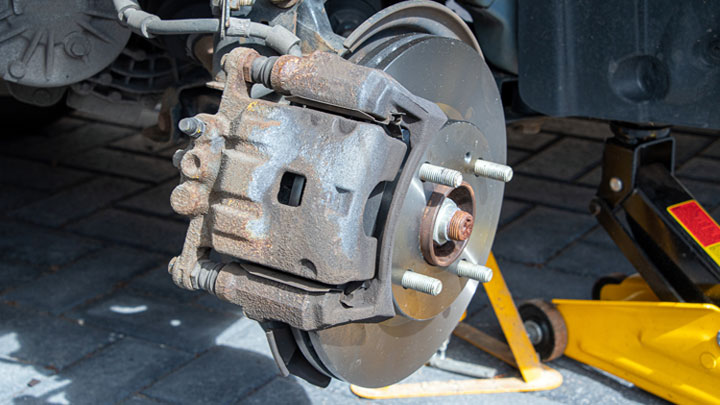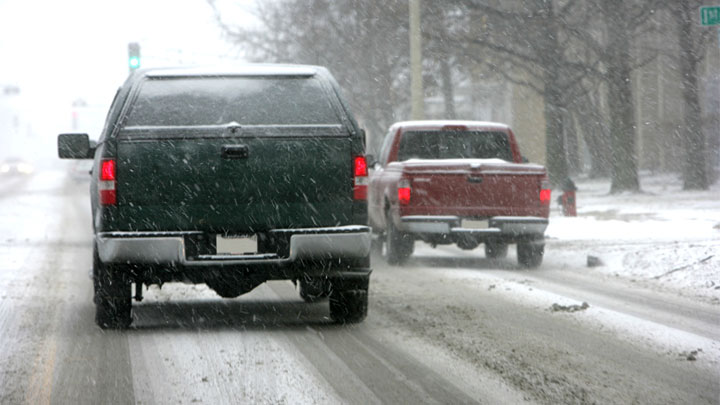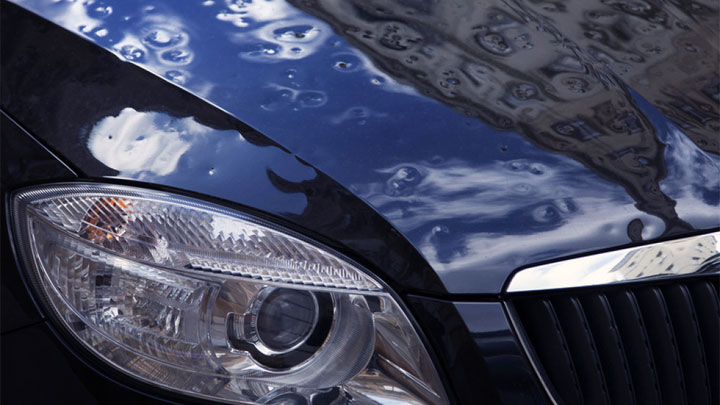Last Updated on April 8, 2022
If you live in climates where cold weather is common, then it could cause problems for your brakes. Now mechanically speaking, cold temperatures don’t actually ruin your vehicle’s brakes. But what they can do is cause your brake rotors and pads to wear out faster.
The reason for this has to do with the slippery conditions of the roads when there is ice, snow or slush on them. When a vehicle’s tires move over a slippery road, it will cause its brakes to work less effectively.
Aggressive driving in these conditions will eventually cause your brake pads to form cracks in them. Some brake pad materials are more prone to cracks than others. Once these cracks form, dirt, water, and cold air from the outside will get into the cracks of your brake pads.
Related: Freezing Points of Gasoline, Diesel, Coolant, and Others

Then these elements will find their way to your brake lines and ultimately impair the brakes. The cold air will end up freezing the brake lines which will create noticeable noises like grinding and squeaking after you step on the brake pedal.
That is why every auto mechanic will tell you that replacing your brake pads periodically is essential in order to protect the brake lines of your vehicle. This goes double for people who live in colder areas.
You should have a diagnostic test performed on your car at least every six months if you experience lots of cold weather, especially if the weather creates ice and snow on the roads. If you notice the symptoms of faulty brake pads and you ignore the problem, then it will eventually cause damage to your brake rotors.
You may be able to get the rotors resurfaced but more likely, an expensive rotor replacement will be needed. But furthermore, you are putting your life and the lives of your passengers in danger if you continue to drive on slippery roads with brake pads that have cracks in them.

The good news is brake pads typically cost about $50 for parts alone. The labor will likely cost another $50 to $100 per axle. So if you get to a brake shop or auto repair shop before any serious damage is done, then replacing your brake pads should cost you under $200 (less if you change them yourself).
This is a very reasonable amount when you consider the damage it can cause your brakes if you were to let them get ruined from these cracks. As for those who live in warm climates, you should still have your brake pads checked once per year because predominately hot areas can still get cold during the winter season of the year.




Was driving card and went to push down on brakes and they are very hard to push down on
Are your brakes otherwise functioning normally? Could be an issue with the brake booster. I’d get it checked out at a shop to know for sure. Braking issues aren’t something to mess around with.